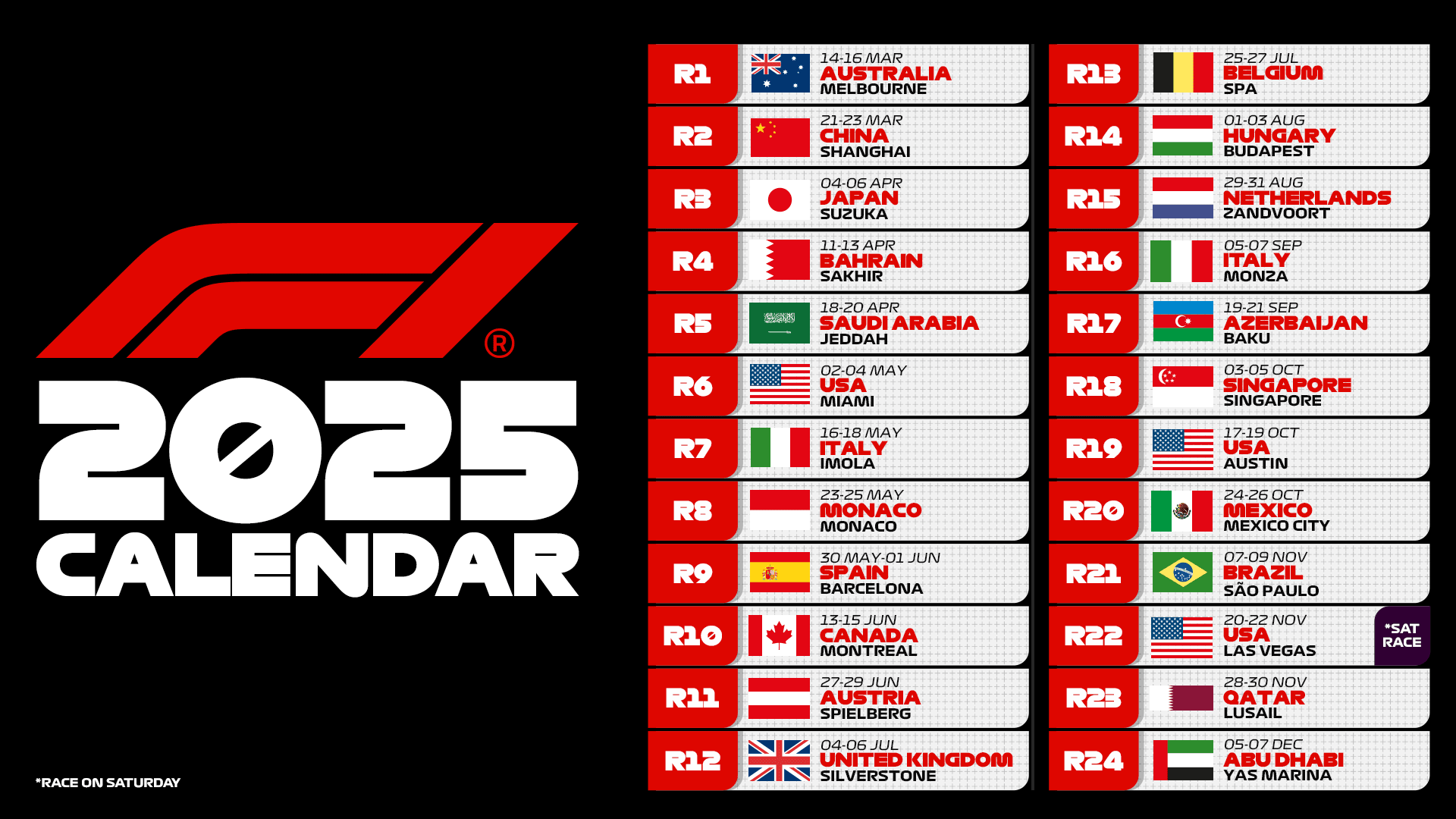
Scuderia Ferrari secured an unexpected fourth place in the thirteenth round of the 2024 Formula 1 season, which was held last weekend at the 4.381-kilometre Hungaroring in Budapest, as Charles Leclerc capitalized on the collision between Lewis Hamilton and Max Verstappen. While it is a small consolation, finishing ahead of the three-time world champion is always gratifying. The Maranello team leaves Hungary aware that they have not done enough to improve. Unfortunately, there is no time to dwell on it as they will be back on track at Spa-Francorchamps in just a few days, a circuit that will unfortunately pose greater challenges for the Italian team.
A big applause goes to McLaren, who achieved a great one-two finish in Budapest, converting their front-row start on Saturday into a victory. Despite some complications in managing the drivers, the Woking cars showed the fastest pace throughout the Hungarian Grand Prix. Mercedes provided positive signals with the revived Lewis Hamilton, still hungry in his stellar Formula 1 career: his third place last Sunday marked his 200th personal podium. Hats off to this endless champion.
F1, Hungarian GP 1st stint: Ferrari consistent in the final part. Piastri the fastest
In the first part of the race, the top 6 drivers immediately distanced themselves from the rest of the group, led by the two Aston Martin cars. The Silverstone team drivers struggled with tire degradation on the Softs. Fernando Alonso and Lance Stroll were lapping a second slower than the McLaren duo, forcing them to pit much earlier. In Ferrari, Charles Leclerc was more conservative with his tires at the beginning of the stint, allowing him to extend his first part of the race. The Monegasque driver was overall 0.2 seconds faster than his Maranello teammate.
Charles Leclerc showed a consistent pace between laps 15 and 22. Carlos Sainz was the only one among the top drivers to experience significant degradation, due to a slower initial phase. However, in the final part of the stint, the Spaniard seemed to struggle more with the tires, raising his lap times among the leaders. Oscar Piastri was the fastest of all. The young Australian, after passing his teammate at the start, showed the least degradation based on the telemetry data collected from the Hungarian track. Lando Norris’s lap times increased mainly after the ninth lap when he experienced a sudden performance drop in his tires.
In the first part of the race, Max Verstappen continued to complain about balance issues with his RB20 car. The Dutchman suffered from understeer on corner entry and struggled with braking, a trend seen throughout the Budapest weekend. At the end of the stint, the world champion reported an average degradation of 250 milliseconds per lap, compared to race winner Oscar Piastri’s 85 milliseconds. Mercedes relied solely on their single arrow, Lewis Hamilton. The seven-time Formula 1 world champion’s pace allowed him to extend his lead over Charles Leclerc lap by lap. The British driver was averaging 0.3 seconds faster than the Monegasque.
F1, Hungarian GP 2nd stint: Ferrari flies on Hards, Sainz shows limited degradation
Show your support for Scuderia Ferrari with official merchandise collection! Click here to enter the F1 online Store and shop securely! And also get your F1 tickets for every race with VIP hospitality and unparalleled insider access. Click here for the best offers to support Charles and Lewis from the track!
Lewis Hamilton opened the pit stop sequence, attempting an undercut on Max Verstappen, who was 1.9 seconds ahead. In his initial laps on Hard tires, the Mercedes man maintained a pace similar to the two McLaren drivers but then suffered from excessive tire wear. As reflected from the telemetry data, the Briton experienced the worst tire degradation, about 0.8 seconds per lap. Despite this, his average stint time was similar to that of the McLarens. Charles Leclerc’s pace on the white-marked Pirelli was the best among the leading drivers. The Ferrari driver was particularly fast in the middle part of his stint.
However, a similar situation to Lewis Hamilton’s applied to Charles Leclerc. The Ferrari driver pushed too hard in the early part, leading to a noticeable increase in lap times just before his pit stop. Carlos Sainz was slower than his Maranello teammate due to a more conservative start. His pace at the beginning of the stint was marked by tire management. Being more conservative in the early laps allowed the Spanish driver to then significantly reduce degradation, although overall he was slower than his Maranello teammate.
Max Verstappen had an excellent pace in the early laps, but his progress was halted by Lewis Hamilton, who acted as a roadblock. This factor forced the Dutchman to extend his middle stint in order to later exploit fresher tires than his rivals in the final part of the Hungarian Grand Prix. Oscar Piastri and Lando Norris had almost identical middle stints. The McLaren drivers, in addition to lapping at the same time, experienced very similar tire wear. The Australian was faster in the early part but faced a comeback from his teammate before the pit stop.
The final part of the race began with simultaneous stops for Lewis Hamilton and Charles Leclerc, a situation that forced them into a 30-lap final stint. Charles Leclerc used worn medium tires, having no more Hards available. This put him at a greater disadvantage, resulting in lap times averaging 0.75 seconds slower than Lewis Hamilton’s. However, the Monegasque driver managed his tires well, limiting wear from the start to the end of the stint. Max Verstappen maintained a good pace, especially in the early part of the third stint.
After the collision with the W15 of Lewis Hamilton, the Dutchman could not regain his rhythm, losing the chance to challenge Charles Leclerc. Nevertheless, the Red Bull driver lapped only 0.3 seconds slower than Oscar Piastri and struggled with degradation. McLaren decided to pit Lando Norris first to protect him from a potential Lewis Hamilton comeback. Due to this decision, Oscar Piastri found himself behind his teammate after the stop. The undercut by Lando Norris was unintended by the team, so the position was returned to the Australian.
Overall, the two Woking cars maintained the best pace even in the final part of the Hungarian Grand Prix, consistently lapping around 82.3 seconds. In summary, Ferrari showed a slight improvement compared to recent performances. The performance on Hard tires in the middle of the race was very good, with the reds being faster than all competitors for a few laps. However, McLaren remains far ahead at the top of the category. It is clear that the Ferrari SF-24 single-seater needs adjustments to become more stable and competitive as soon as possible.
Source: FUnoanalisitecnica












.png)

Leave a Reply